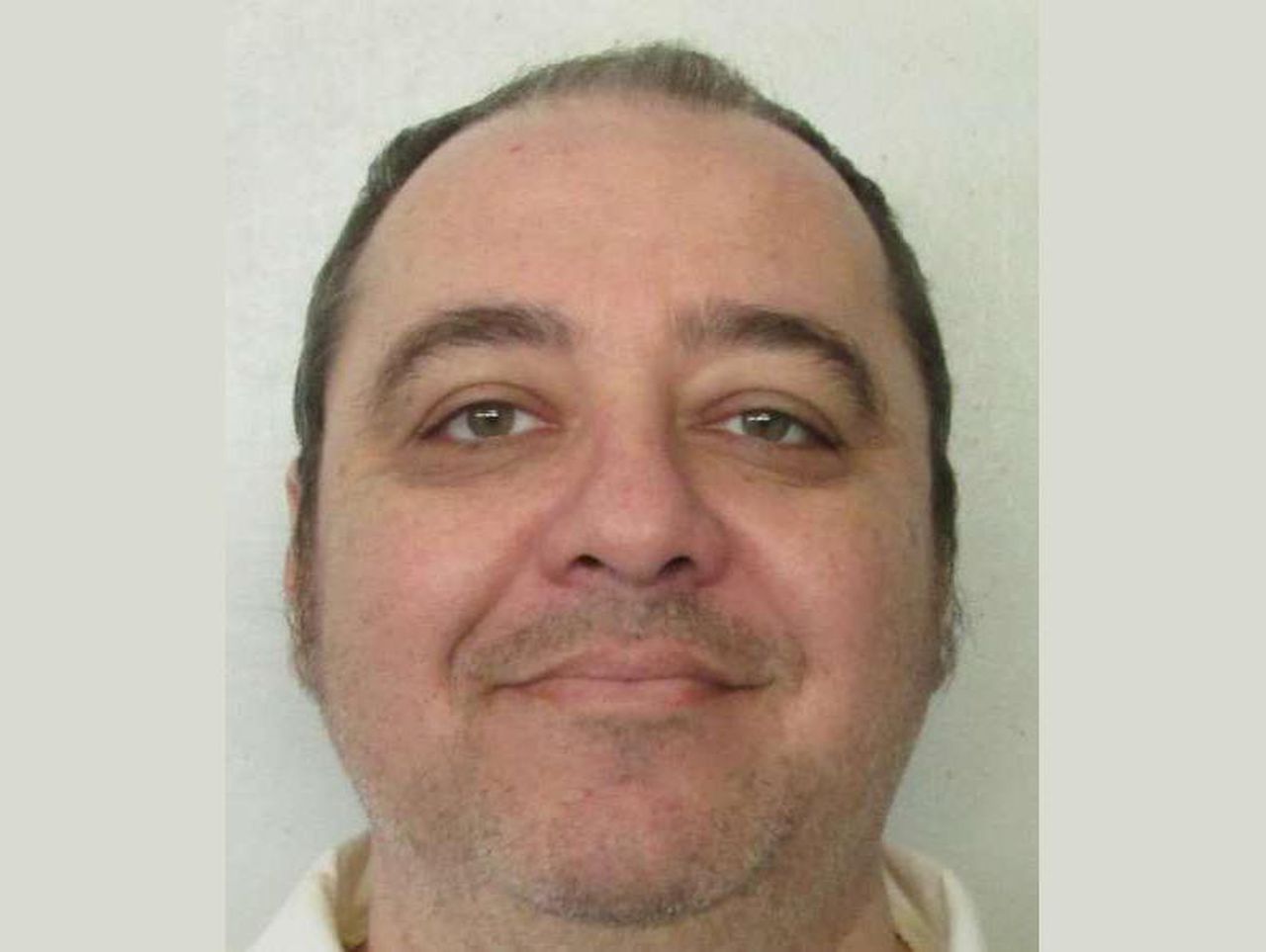Alabama denies cutdown procedure, sedatives were used in Joe Nathan James Jr’s execution
The Alabama Attorney General’s Office is denying that Joe Nathan James Jr., who was executed in July, was given intramuscular sedatives or that he underwent an invasive ‘cutdown’ procedure.
The claims came in response to a federal lawsuit from an inmate set to die next month.
Kenneth Eugene Smith is set to die at William C. Holman Correctional Facility on November 17 by lethal injection. Smith, now 57, will be executed for the murder-for-hire killing of Elizabeth Dorlene Sennett, a pastor’s wife who was killed inside her north Alabama home in March 1988.
In August, Smith filed a federal lawsuit asking a judge to halt his execution by lethal injection “to reduce the intolerable risk of torture, cruelty, or substantial pain.” Smith’s attorneys also argued that the inmate would have elected to die by nitrogen hypoxia if he “had notice and (he had) been informed” of the choice.
Smith’s lawyers cited the June 28 execution of Joe Nathan James Jr., which many advocates have called “botched” due to the lengthy delay in beginning the procedure and reports about a team who conducted a private autopsy on James’ body after he died. Smith’s lawsuit said, “ADOC subjected Mr. James to a tortuous execution process that went on for more than three hours…Absent a change in ADOC’s lethal injection process after independent review, permitting ADOC to execute (Smith) using its lethal injection process would subject him to an intolerable risk of torture, cruelty, or substantial pain like that to which Mr. James was subjected.”
Read more: Why is Alabama so bad at executions? ‘They do a terrible job, and they just hide it’
Smith’s lawsuit also cited the failed execution attempt of Doyle Lee Hamm in 2018, the execution of Torrey Twane McNabb in 2017, and the execution of Ronald Bert Smith in 2016.
The Alabama Attorney General’s Office responded to the lawsuit in a filing to the federal court, saying Smith should have brought up his concerns to the state’s lethal injection protocol sooner. “But the James execution did not give rise to a new cause of action,” the AG’s Office wrote. “Smith’s allegations all come third-hand, being based on a press account of a second autopsy performed some days after James’ execution.”
The AG’s Office denies that either a cutdown procedure or intramuscular sedation happened during James’ execution, but the state “will stipulate that such procedures will not be employed in the execution of Smith.” The ADOC “will not employ a ‘cutdown’ procedure or intramuscular sedation during the execution of Smith,” the filing clarified.
After James was executed on July 28, Dr. Joel Zivot examined his body during a private autopsy. The doctor told AL.com that James suffered from a cutdown, or a way some medical professionals cut open a person’s arm to access a vein. Zivot said a cutdown is an old technique and suggests a certain level of skill from a person with medical training.
The redacted version of the state’s lethal injection protocol does not mention cutdowns and only states that “the standard procedure for inserting IV access will be used.”
Recent lawsuits in other death penalty cases have also focused on the June 2018 process in which Alabama Death Row inmates could elect to die by the newly-approved, but not yet tested, method of nitrogen hypoxia. Alan Eugene Miller, who the state failed to execute on Sept. 22, argued he submitted a form to the ADOC electing to die by the new method, but that the department lost his form.
The state denied the claim and said Miller did not submit any paperwork. A federal judge and the U.S. Eleventh Circuit Court of Appeals ruled in favor of Miller, but on the night of his set execution, the U.S. Supreme Court overturned both lower courts’ rulings and allowed the execution to proceed. Just before midnight, the state called off the execution and said they did not have enough time to prepare the procedure.
